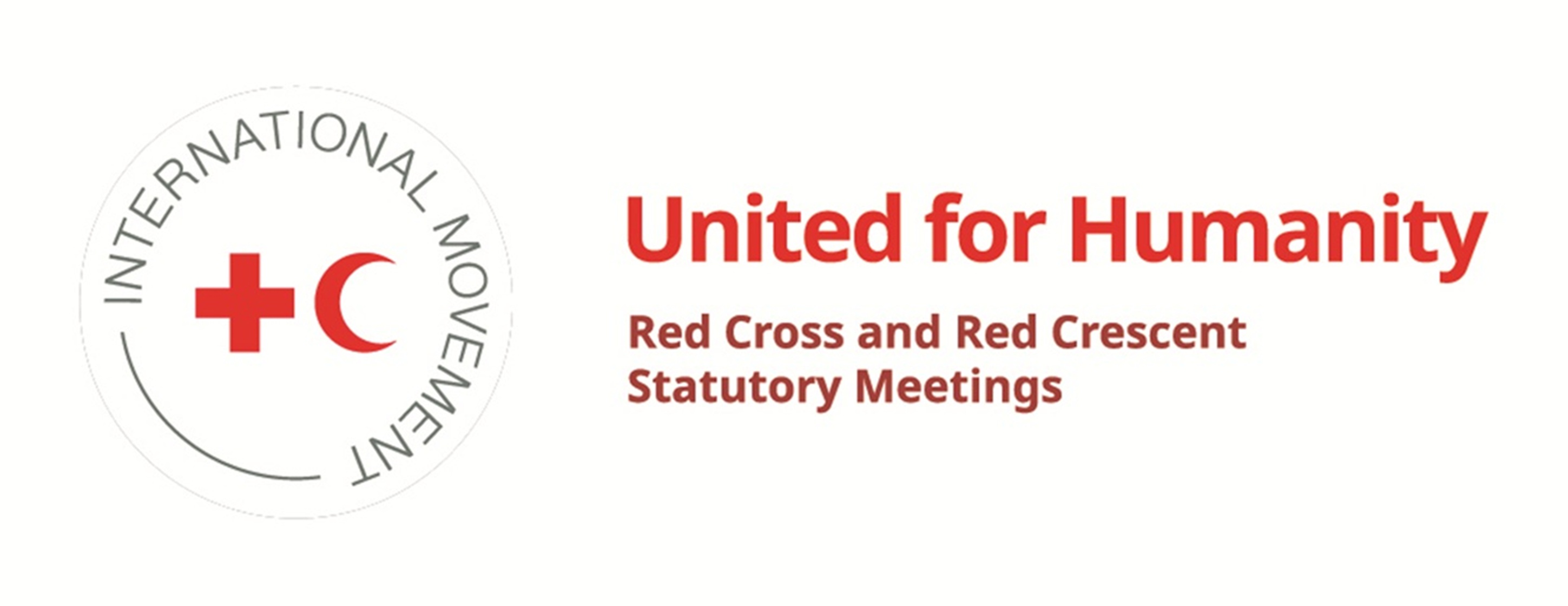Has your State/National Society/Institution incorporated the commitments contained in this resolution into the relevant strategic or operational plans?
YesThe commitments are incorporated into:
Strategy
Operational plan
At the International, National level
Explanation:
Since 2019 the Canadian Red Cross (CRC) has incorporated many of the commitments in this resolution into strategic and operational plans, including:
-Adoption of diversity and inclusion into the organizational strategic priority areas;
-Collection of self-identified gender data to track progress toward gender parity; and
-Achieving equal representation of men and women at executive and board levels
-Conducted a review of our surge roster system and based on this review developed strategies to increase the number, retention and support to female delegates.
Has your State/National Society/Institution been working with other partners to implement the commitments contained in this resolution?
YesPartner with:
ICRC/IFRC
Other National Red Cross or Red Crescent Societies
Examples of cooperation:
CRC contributed to two webinars supporting RCRC Movement’s GLOWRed Network and promoting women’s leadership participation within the Movement. The CRC moderated a panel discussion at the Inter-America Conference for GLOWRed and presented an educational webinar for the America’s IFRC region on inclusive leadership. The webinars were well-attended; in particular, the presentation on inclusive leadership and barriers for women in humanitarian roles had over 200 attendees. CRC is also supporting the IFRC Asia Pacific Women in Operational Leadership initiative with technical support, funding and staff time (as mentors).
Have you encountered any challenges in implementing the commitments contained in this resolution?
YesWith challenges on:
Human resources
Funding constraints
Competing priorities
Lack of capacity and/or support (technical, financial, or other)
Details about challenges:
The challenges CRC has faced in implementing the commitments contained in this resolution include reduced investment into programming supporting capacity building for diversity, lack of available resources, and competing priorities.
Have the commitments contained in this resolution had an impact on the work and direction of your State/National Society/Institution?
YesType of Impact:
Innovative tools/methodologies have been developed and are utilized
Partnerships with other humanitarian actors have been created or enhanced
Increase in mobilization of resources
Training and capacity of staff and volunteers has increased (for National Societies)
Details about the impact:
Tools and Methodologies:
• CRC has improved its data collection and analytics through this resolution through the quarterly collection self-identification data on a number of demographic factors, including gender. This survey is sent out to newly-hired individuals – temporary, casual and permanent employees. The data also shows overall staff population separated by women, racialized population, people with disabilities, Indigenous population and youth broken down by staff, senior management, and supervisory roles.
• Canadian Red Cross has improved upon human resources processes through reviewing executive recruitment processes for inequities and bias to facilitate more women in leadership positions.
• Creation of a Women’s Diversity Resource Group. This committee is an opportunity for staff, volunteers and delegates to discuss and share feedback to the executive team, network with each other and contribute to the diversity and inclusion strategic plans and goals.
Partnerships with other humanitarian actors:
• Participation in the GLOW Red Network, IFRC Americas & Asia Pacific regions, and other National Societies to advance diversity, gender equality, and social inclusion
Mobilization of Resources:
• Creation of a senior leadership role to oversee women in leadership (Senior Director, Diversity, Inclusion and Belonging)
Training and Capacity of Staff:
• The Canadian Red Cross contributed to two webinars supporting RCRC Movement’s GLOWRed Network and promoting women’s leadership participation within the Movement. The CRC moderated a panel discussion at the Inter-America Conference for GLOWRed and presented an educational webinar for the America’s IFRC region on inclusive leadership. The webinars were well-attended; in particular, the presentation on inclusive leadership and barriers for women in humanitarian roles had over 200 attendees.
Have the commitments contained in this resolution had an impact on the communities that your State/National Society/Institution serves?
YesDescription of the impact:
CRC’s commitment to advancing this pledge has resulted in an increase in women in operational leadership roles, including amongst its Rapid Response Managers. CRC worked to overcome barriers, such as inaccessible trainings, family responsibilities and cultural norms to address gender imbalances and developed a strategy to recruit more women. Today, the Rapid Response Manager team is made up of seven women and four men, who collectively integrate PGI components into operations and contribute to a culture of raising issues, addressing barriers and taking action in operations.
CRC has a strategic priority to be representative of the communities it serves, particularly within senior leadership and governance positions. In the past 5 years, CRC has examined barriers to women in leadership in attaining senior leadership roles, particularly within the recruitment and advancement process, and has made process changes to ensure it is more equitable. Canadian Red Cross has increased the representation of women in executive leadership positions by 10% resulting in gender parity in the executive team. The Governing Board of Canadian Red Cross is 60% women, and the current chair of the Board is a woman.



